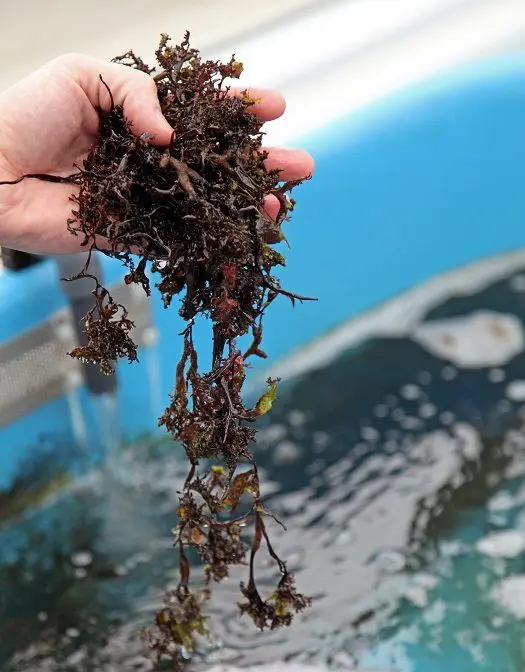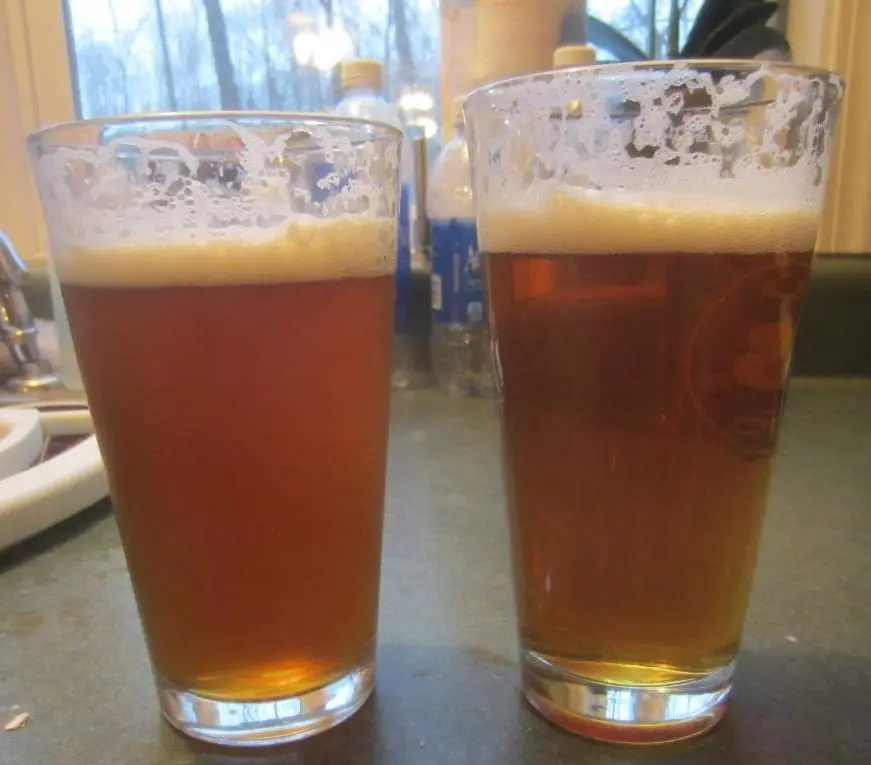Contents
Irish moss (Irish moss) are two varieties of red algae that are common in the coastal waters of Ireland, the North Atlantic, the Far East and the Kola Peninsula. The Latin name is Chondrus crispus, the plant has a yellow-brown color and belongs to the red algae family Rhodophyceae. Common names for Irish moss are cartilaginous algae, cartilaginous moss and rock moss.
In fact, Irish moss is not a moss, but an algae and grows not only in Ireland.
Irish moss is grown industrially on “floating farms” or in salt water tanks. Due to a wide range of useful trace elements, this algae is used in medicine and cosmetology, as well as in the food industry to obtain agar-agar substance, which is characterized by strong gelling properties. Brewers paid attention to this feature, since gelatin-containing substances bind protein in beer well.

Difference Between Icelandic and Irish Moss
Due to the geographical proximity of the two countries and the external similarity in dried form, confusion often arises between Irish and Icelandic moss, some even believe that this is one plant. In fact, Icelandic moss (Latin name – Iceland moss) belongs to lichens, not algae, and grows on the soil or bark of stumps. It is a powerful natural antibiotic sold in pharmacies, but for brewers it is useless, and sometimes even harmful.

Why Homebrewers Need Irish Moss
In brewing, Irish moss is used to clarify the wort in the brewing process for grain (non-extract) lager beers. Very rarely, moss is used for dark and wheat beers, as clarity is usually not required for these varieties.

Moss has a strongly negative charge and, like a magnet, attracts positively charged protein molecules to itself. As a result of coagulation (sticking), substances are formed that quickly settle to the bottom and do not allow the protein to rise back up. Beer becomes clearer, but the taste of the drink does not change.
Beer clarified with Irish moss is considered unfiltered, but ceteris paribus, head retention will be lower as the protein concentration drops. You have to choose between a rich beer cap and transparency.

Sale Form
Irish moss used to be harvested by hand, dried and chopped into small pieces. The algae was not exported and was available only in cultivation regions.
Irish moss is now available in powdered dried form or in the form of tablets. There is no fundamental difference, even the quantity does not change, but for small volumes of cooking, it is easier to measure dried moss, and the tablets dissolve faster and are suitable for volumes from 100-120 liters.


To maintain its coagulating properties, it is very important that Irish moss be stored in airtight bags in a cool, dry place. The shelf life is 2-3 years, but the fresher the plant, the better, as its quality decreases over time.
Instruction and dosage
In most cases, Irish moss is added to the beer 10 minutes before the end of the boil (hopping) in the amount of 0,5-0,75 grams per 25 liters of wort. Dry moss is pre-soaked for 1-2 minutes in 50 ml of water so that it has time to swell. Tablets are administered immediately, crushed into powder. Then follow the chosen beer recipe.
The exact instructions for application and dosage depend on the properties of the plant, so it is important to follow the recommendations of the manufacturer and the author of the recipe.
Attention! With a significant excess of the dosage or the use of low-quality moss, the smell of iodine, algae and even mud may appear in the beer.









